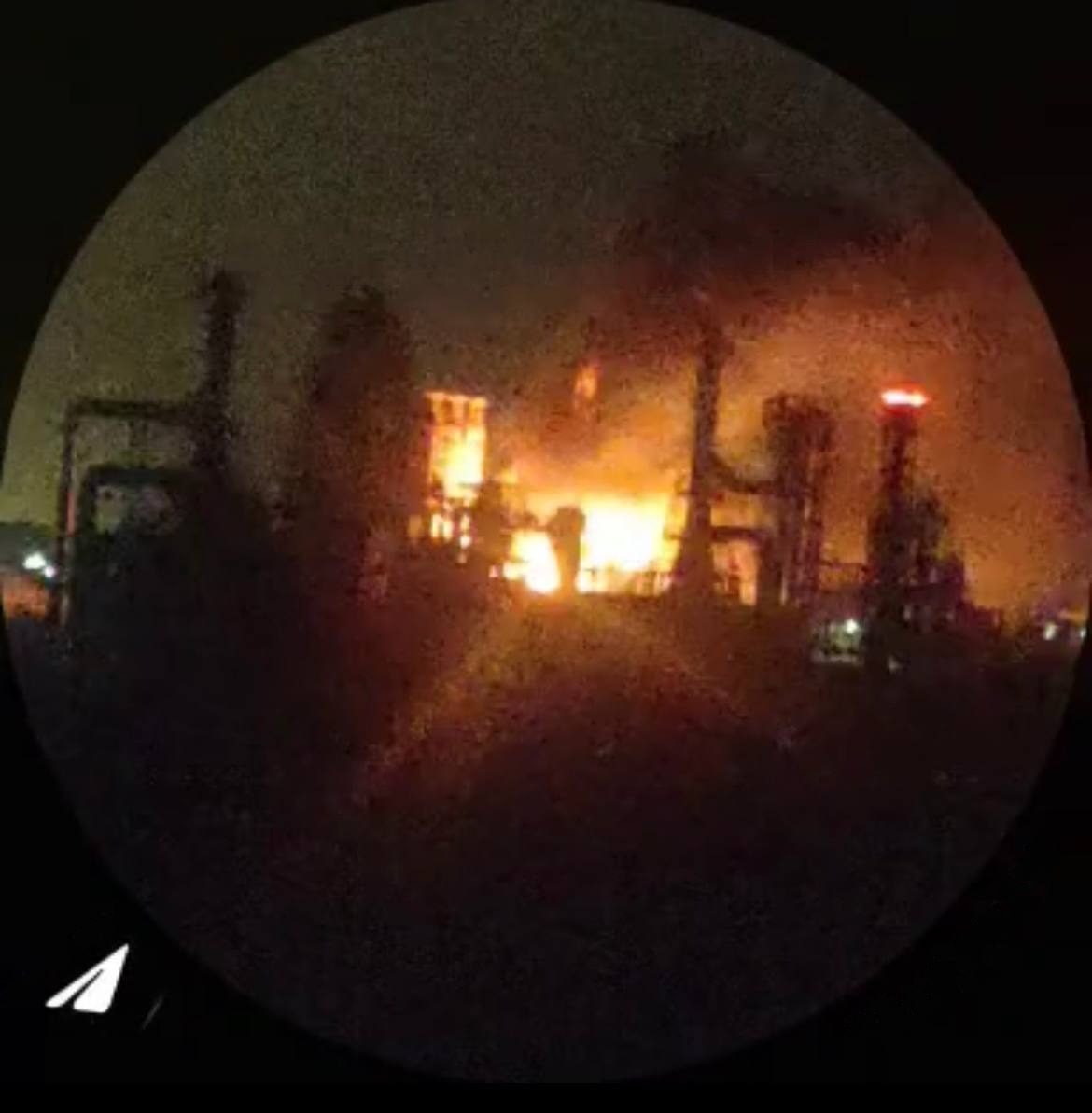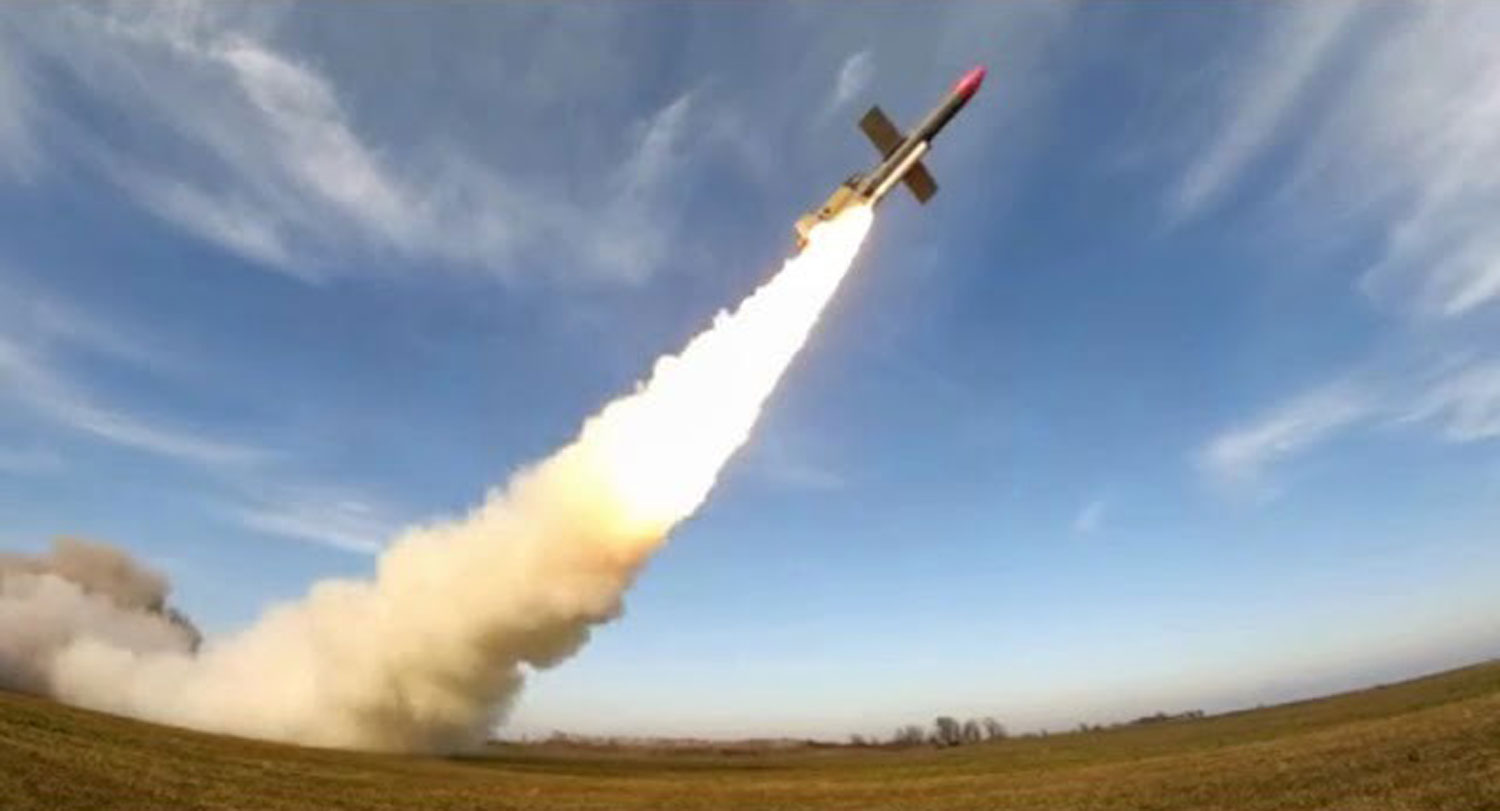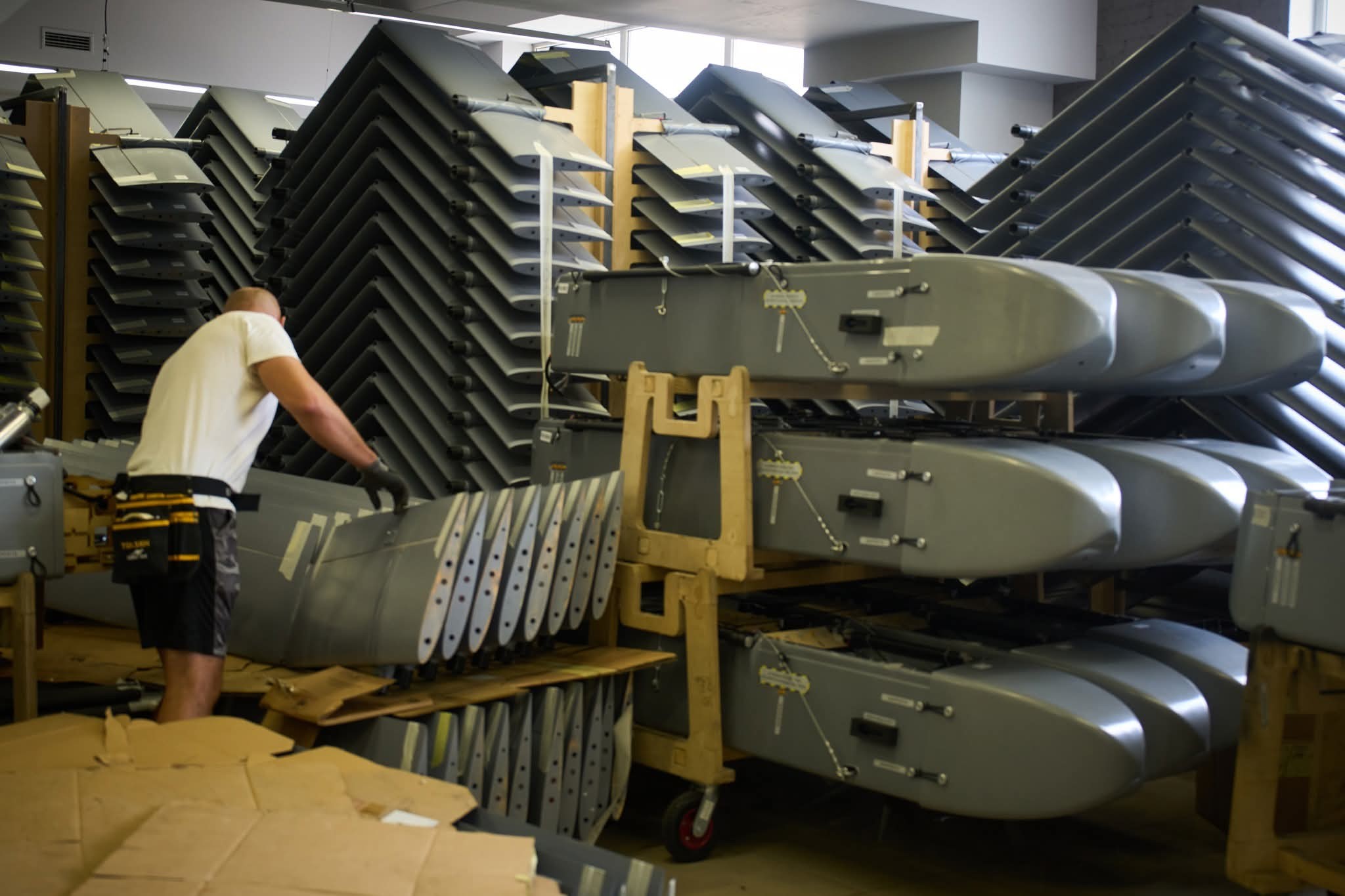Ukraine has shifted from purely defensive operations to conducting deep strikes inside Russian territory, targeting the economic foundations of Russia's war effort, according to The Economist.
While Russia's strategic air campaign is primarily focused on terrorizing cities, Ukraine's strikes are aimed directly at Russia's ability to sustain the war.
The campaign, which intensified in August, focuses primarily on oil refineries and fuel distribution infrastructure.
Ukrainian Flamingo missile strikes targets 3,000 km deep
Ukraine is deploying an arsenal of domestically produced weapons for these operations. The FP-5 "Flamingo" cruise missile represents the most advanced system now in use.
The missile flies at 50 meters above ground, carries a 1,150-kilogram warhead, and can strike targets over 3,000 km (1864 miles) inside Russia. Its range allows it to fool defenses by flying on constantly changing vectors towards its target.
Ukrainian manufacturer Fire Point produces the Flamingo using repurposed Soviet-era turbofan engines and carbon-fiber fuselages that take six hours to manufacture.
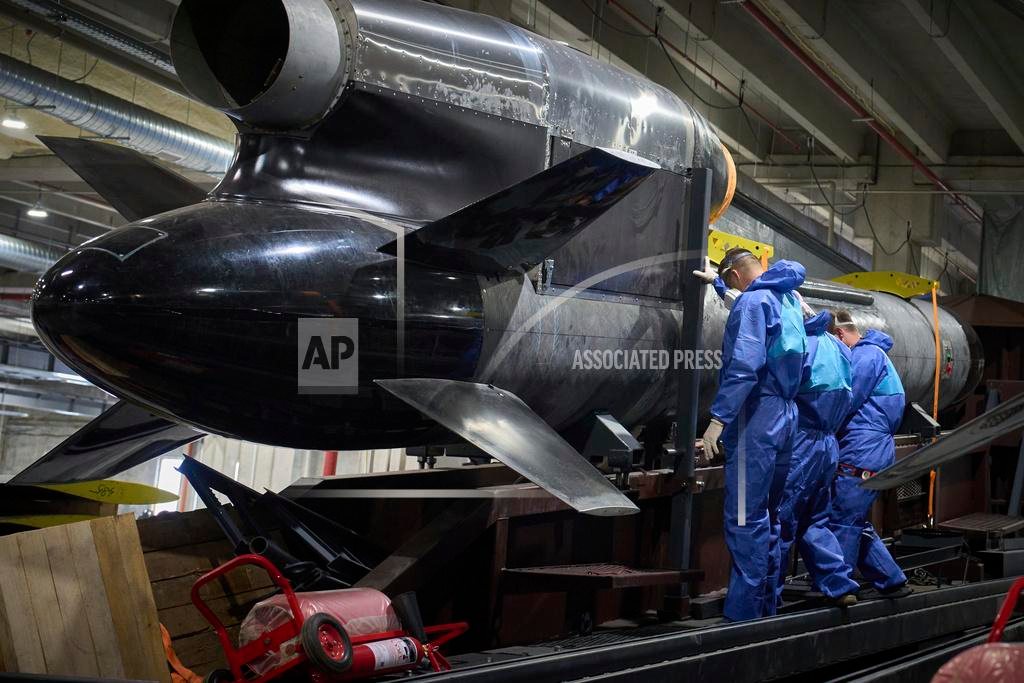
Current production stands at two to three missiles per day, with plans to increase to seven by the end of this month, according to The Economist.
Each missile costs approximately $500,000 - a quarter of the price of an American Tomahawk, which costs $2 million, flies shorter distances, and packs less punch.
President Volodymyr Zelenskyy announced that mass production will begin in January-February 2026. The missiles have already reportedly been used in combat, including strikes on Russian FSB military vessels in occupied Crimea that hit at least six boats.
FP-1 drones carry out 60% of deep strikes
Ukraine relies on the FP-1 drone for the majority of long-range strikes. These drones cost $55,000 per unit and are produced at rates exceeding 100 per day, according to Ukrainian weapons expert Olena Kryzhanivska cited by The Economist.
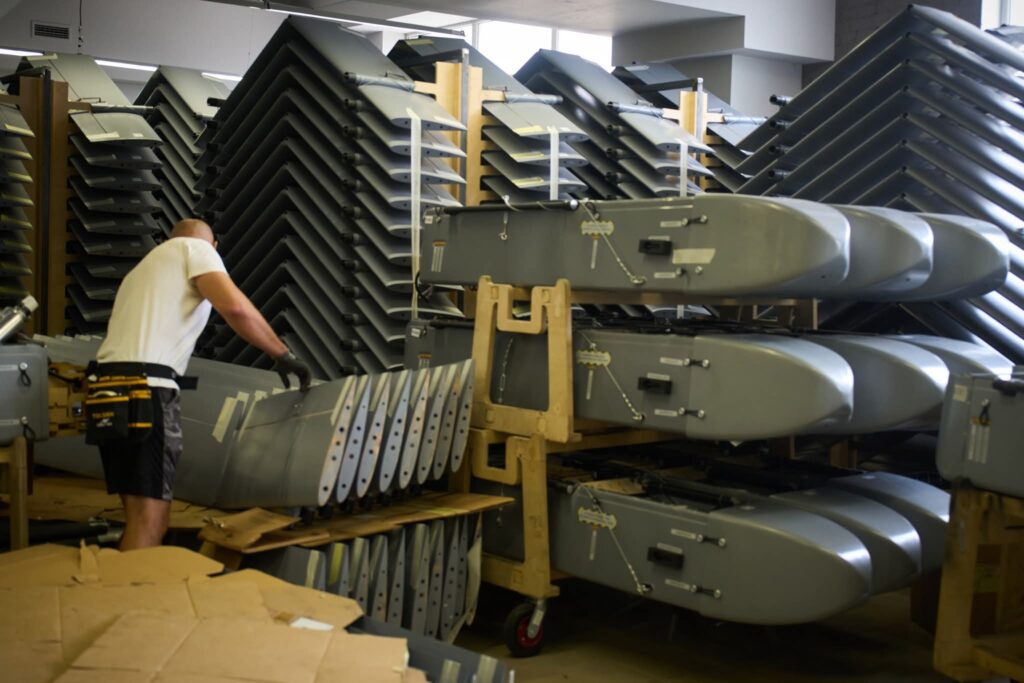
The FP-1 accounts for 60% of deep strikes on Russian territory, can reach targets 1,500 km (932 miles) away, and features software resistant to electronic warfare jamming.
Ukraine also uses the heavier Lyutyi drone, which has a 2,000-km (1242 miles) range and an advanced machine-vision guidance system.
Ukrainian strikes disable 16 refineries, knock out 20% of capacity
Since the campaign intensified in August, Ukraine has struck 16 of Russia's 38 refineries, according to Benedict George, head of European oil-product pricing at Argus Media.
The frequency of attacks has increased from two or three per week to four or five, with daily strikes expected soon.
In late August, approximately 17% of Russia's oil-refining capacity had been temporarily disabled. Unconfirmed reports now suggest that figure may have reached 40%, with about 20% offline at any given time. Energy Aspects, a research group, estimates this represents a loss of more than 1 million barrels per day.
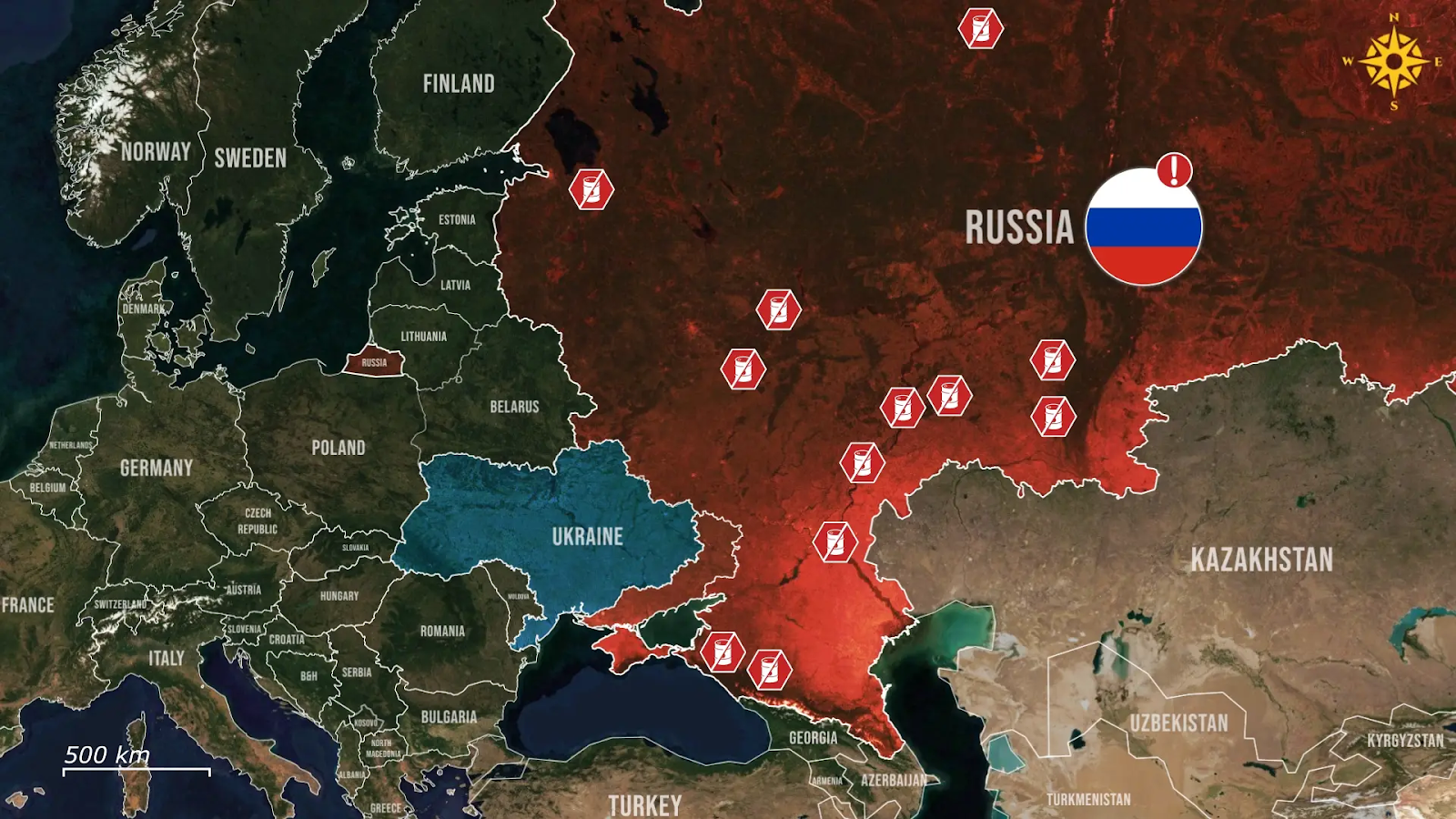
Frontline report: Ukrainian drones systematically dismantle Russian oil infrastructure in sustained campaign
Repeated attacks on the same facilities cause lasting damage, with some refineries including the major Ryazan facility 200 km from Moscow hit up to three times.
The critical damage hits cracking units, which break crude oil into gasoline, diesel, and aviation fuel. These units cost enormous sums to replace. Sanctions make replacement nearly impossible.
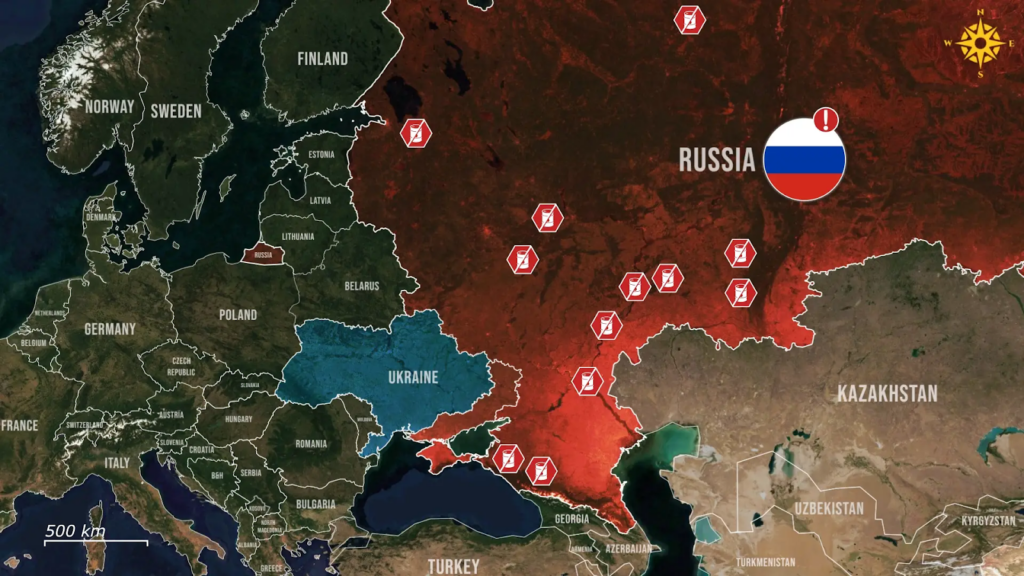
Fuel shortages spread as diesel exports plunge 30%
The campaign has produced measurable economic effects, with diesel exports falling 30% from last year to their lowest level since 2020.
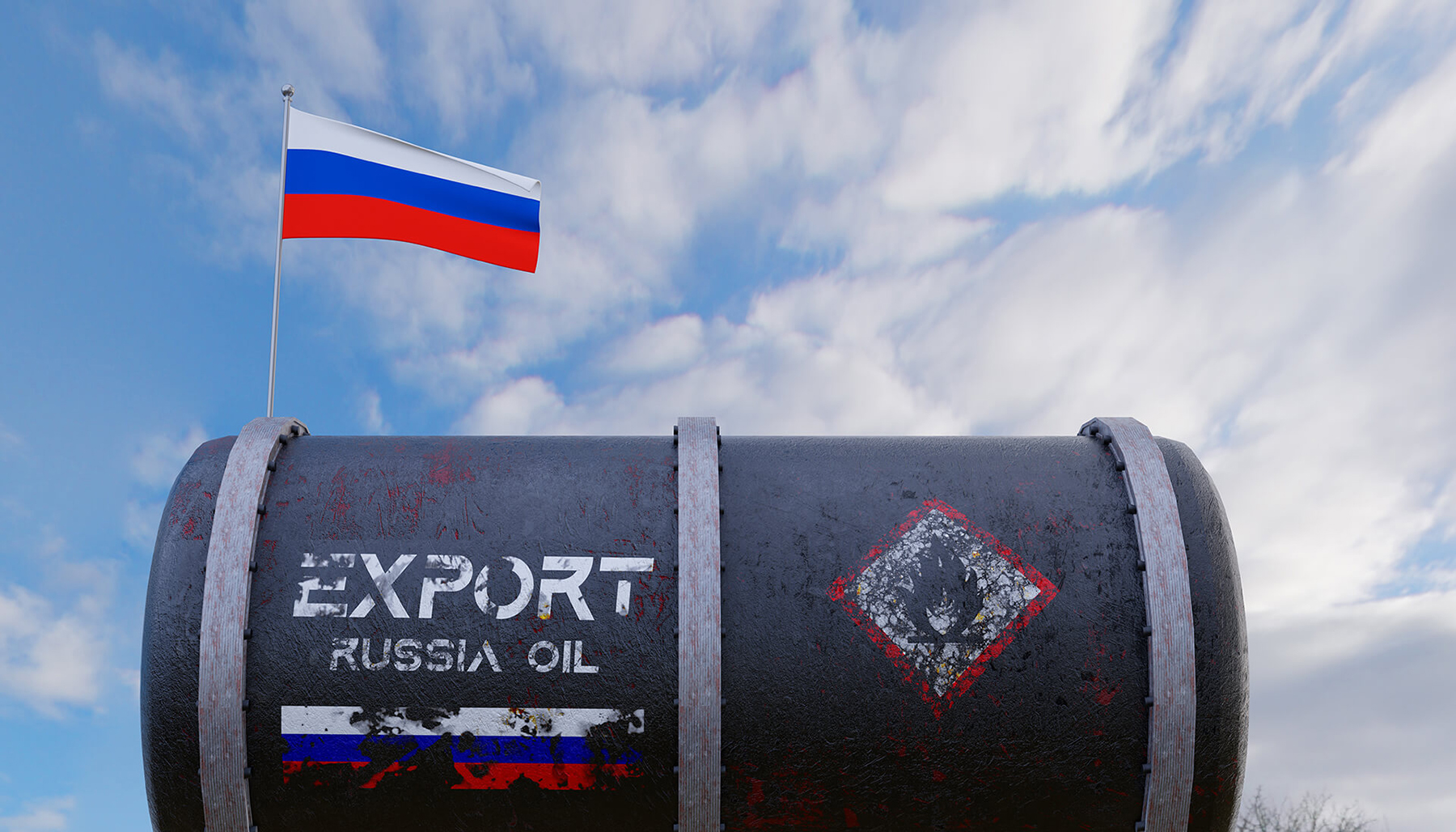
War in Ukraine could end within months if Europe targets Russian oil buyers, US treasury chief says
As Russia is the world's second-largest diesel exporter, wholesale prices have risen sharply. Inside Russia, fuel shortages have led to queues exceeding one kilometer at gas stations from Vladivostok to Moscow, with some regions introducing rationing. In Russian-occupied Crimea, motorists are limited to 30 liters of fuel per purchase.
On 25 September, Russia's Deputy Prime Minister Alexander Novak announced a partial ban on diesel exports and extended an existing petrol export ban through year-end. The squeeze is particularly being felt by independent Russian energy firms and oil-market speculators.
British strategist Lawrence Freedman told The Economist that Russia faces a difficult situation.
"The Ukrainians are on a roll. The Russians have a problem. They can't stop this and the Ukrainians have no reason to let up," he said.
Russia's challenges include the large number of potential targets, their geographic dispersion, and degraded air-defense capabilities after more than three years of war.
Sergey Vakulenko of the Carnegie Russia Eurasia Centre, formerly strategy director at oil giant Gazprom Neft, cautioned that the strikes will not bring Russia's economy "to a screeching halt," but noted that damage to the earnings Russia depends on to fund its war will continue to worsen, while ordinary Russians increasingly feel the war's impact.
Read also
-
Fires rage at three Russian facilities as drones target oil, energy, and military explosives infrastructure in one night
-
Ukraine’s minister: “Russia will escalate escalating without decisive response” from Europe
-
“Putin is laughing at West”: Ukraine traces 102,000 foreign components in Russian weapons after biggest strike of war on Lviv




